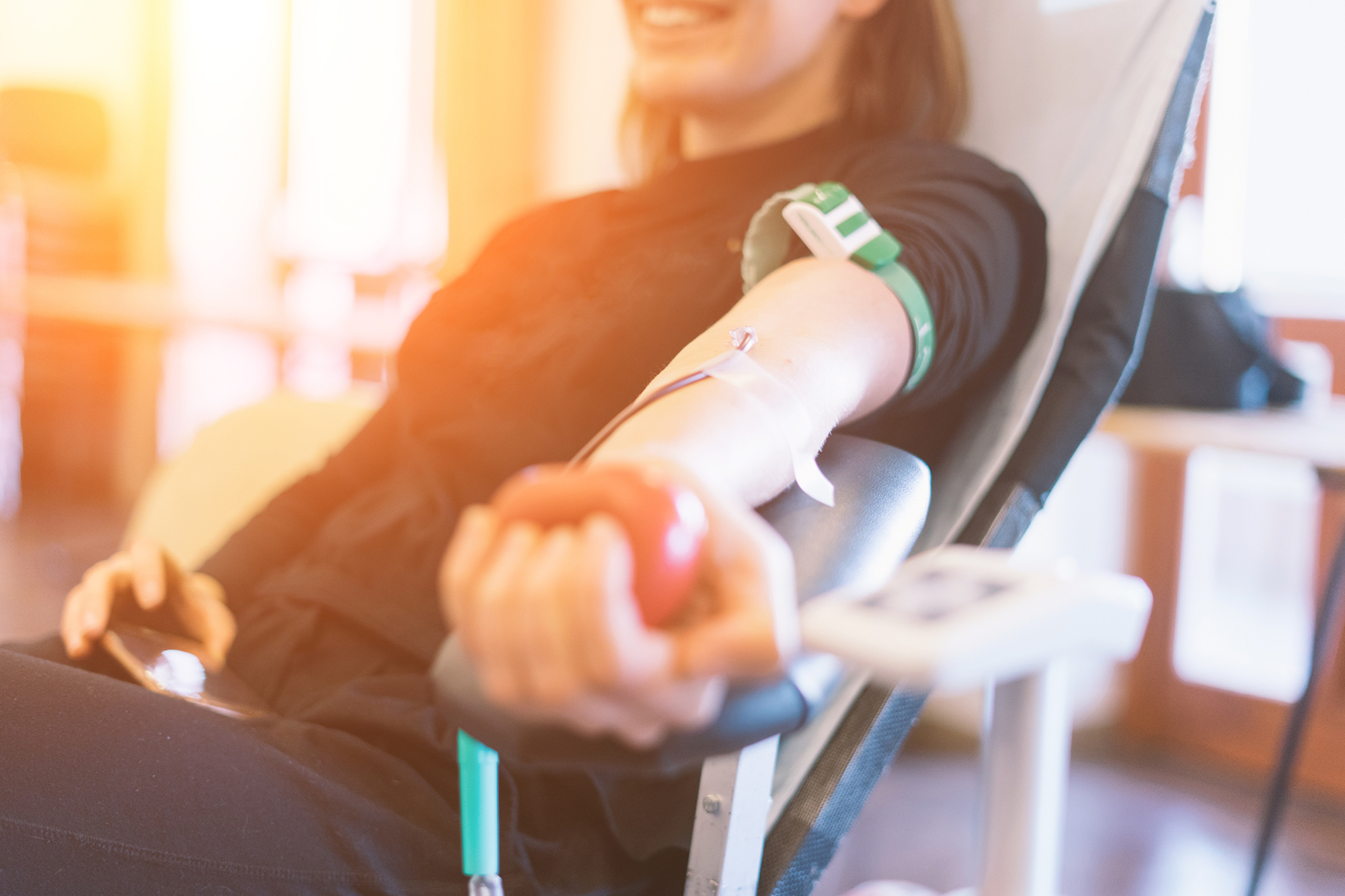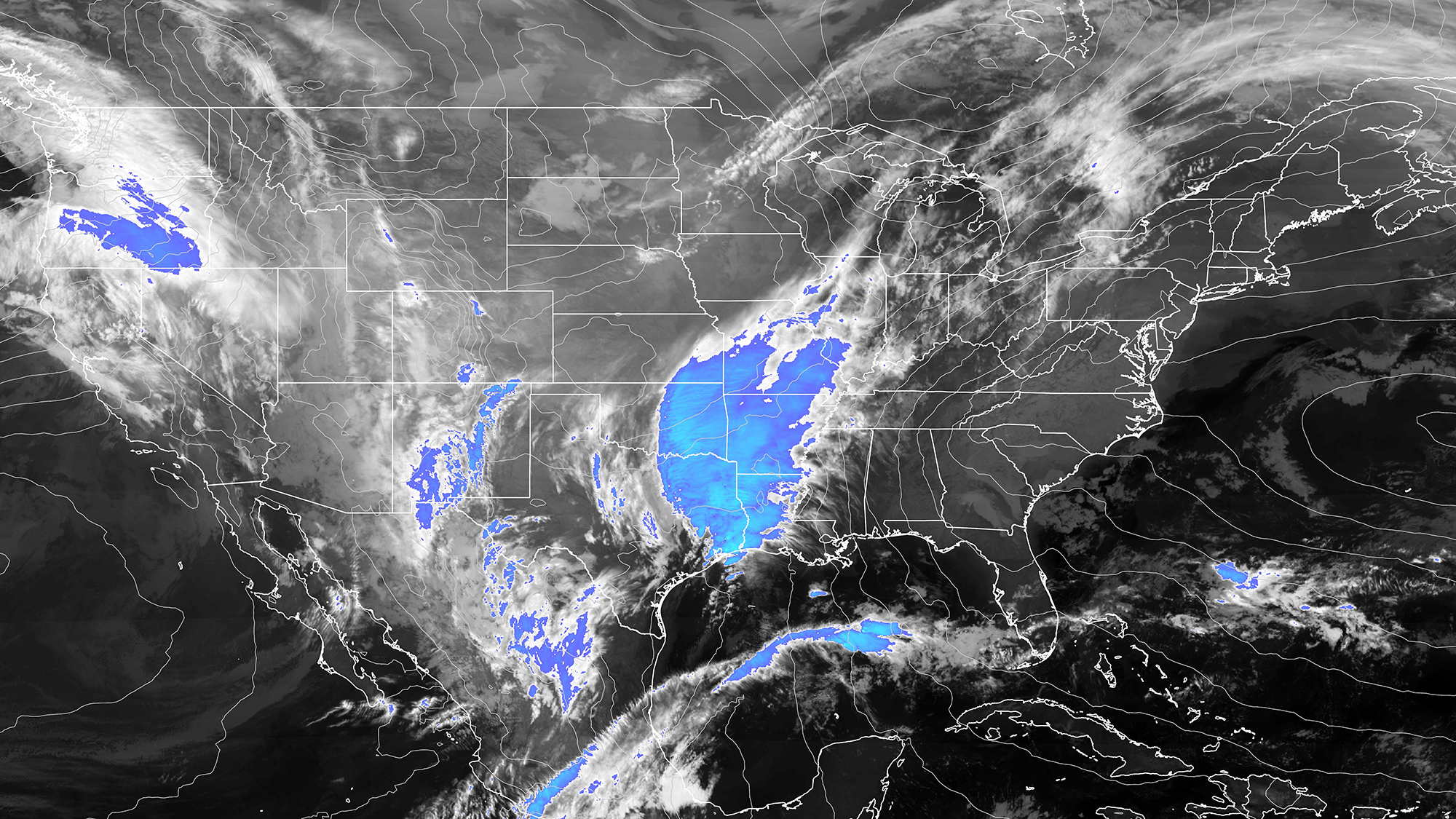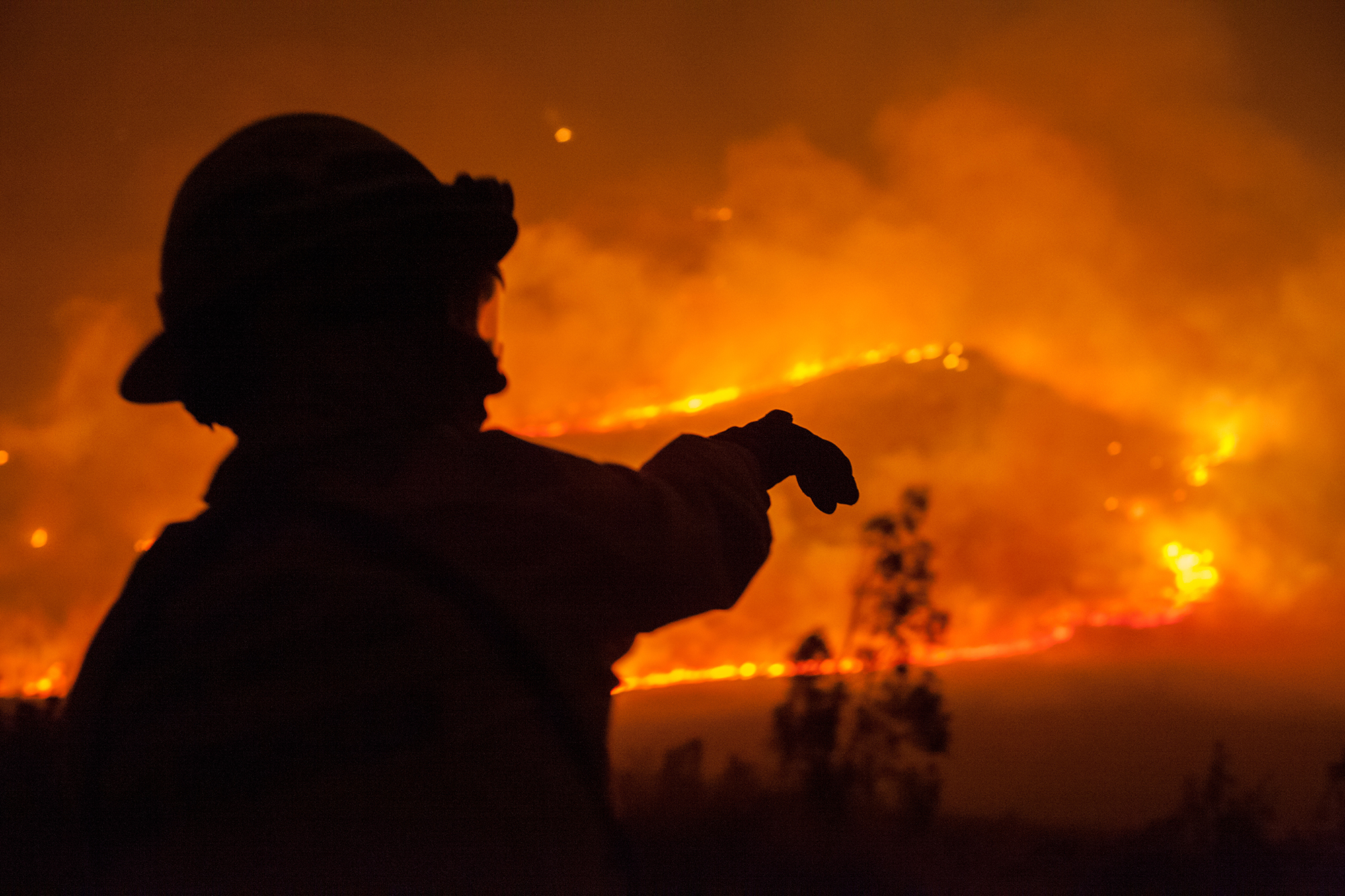Many people are unaware that being a blood donor comes with several personal benefits. Keep reading to find out how it can improve your health
January is Blood Donor Month, so to honor the observance, we’ll be diving into the many health benefits of donating blood.
As it turns out, the recipient of your generous donation isn’t the only one who gets to enjoy a positive outcome. In addition to aiding in someone’s medical operation or even saving their life, giving blood stimulates physiological processes in your body that can lead to improved health and well-being.
Understandably, you usually hear more about how donor blood impacts recipients’ lives. But the potential benefits for donors can be huge, and should definitely be taken into account if you’re considering giving blood.
In fact, if you’re on the fence about it, what you learn below may end up being the deciding factor.
Donating Blood May Lower Your Risk of Heart Disease
Although more research is needed, there’s scientific evidence to suggest that donating blood may lower coronary disease risk factors, such as blood viscosity and lipid profile.
According to a study from the Journal of Arteriosclerosis, Thrombosis, and Vascular Biology, the lower risk is thought to be because of the reduction of iron stores resulting from blood donation.
While iron is an essential mineral, too much of it can cause problems in the tissues and organs it’s stored in—the liver, pancreas, heart, muscles, joints, etc. But with the reduction in iron stores from regular blood donation, the body experiences decreased oxidative stress and increased vascular function over time, which can help protect heart health.
These health benefits of donating blood are often observed in donors with hemochromatosis—a genetic disease that causes the body to build up too much iron, eventually leading to tissue and organ damage—but they’re also frequently observed in non-afflicted donors.
Giving Blood Can Improve Your Liver Health
Reducing excess iron stores in the body doesn’t just help your heart. It can also benefit your liver. According to a 2016 study from the Medical Science Monitor Journal, higher iron levels are associated with nonalcoholic fatty liver disease and other chronic liver issues.
For those with too much iron, regular blood donation can help remove some of it, potentially protecting your liver from these damaging conditions.
Donating Blood May Reduce Your Risk of Certain Cancers
This health benefit of donating blood rarely applies to those without pre-existing conditions.
But for people with hemochromatosis or peripheral arterial disease—a condition involving reduced arterial blood flow to the limbs, causing pain, weakness, and other symptoms—research shows that the reduction in iron from giving blood is associated with a lower risk of cancer and mortality.
Giving Blood Can Even Reduce Your Risk of Diabetes
Did you know that even if you don’t have hemochromatosis, having high levels of iron stored in your body can increase your risk of type 2 diabetes?
A study on over 32,000 women from the Journal of the American Medical Association found that:
“Higher iron stores…are associated with an increased risk of type 2 diabetes in healthy women independent of known diabetes risk factors.”
Of course, nothing can replace a healthy diet and regular exercise when it comes to managing and preventing diabetes…
But there is evidence to suggest that regularly donating blood can reduce insulin sensitivity and the diabetes risk in people with high iron levels.
Being a Blood Donor Comes With Mental & Emotional Health Benefits Too
The health benefits of donating blood truly make this altruistic gesture a win-win.
Not only does the recipient receive a crucial, even life-saving service, but you, as the donor, can experience better well-being, reduced risk factors, and even improved mental and emotional health.
The knowledge that your donation will help one or more people with their surgeries, blood diseases, and cancer treatments is a natural mood-booster. Helping people just feels good!
In fact, a cross-sectional study from the Journal of Transfusion Medicine and Hemotherapy found that donating blood can improve everything, including your:
- Mood
- Concentration
- Satisfaction
- Resilience
- Spirit of initiative
- Physical well-being
- And energy levels
It’s a lot like giving to a charity.
Knowing that your hard-earned money is going toward something positive, like feeding the hungry or providing homes for the homeless, fills you with a sense of satisfaction and pride.
Except instead of cash, you’re donating your literal blood—your life essence. You’re sharing the most precious thing you can with another human being.
And even if you don’t experience any of the above health benefits of donating blood, you can rest assured that when you hop on that big red bus and roll up your sleeve, your donation will help someone through a tough medical situation or give them another shot at life.





